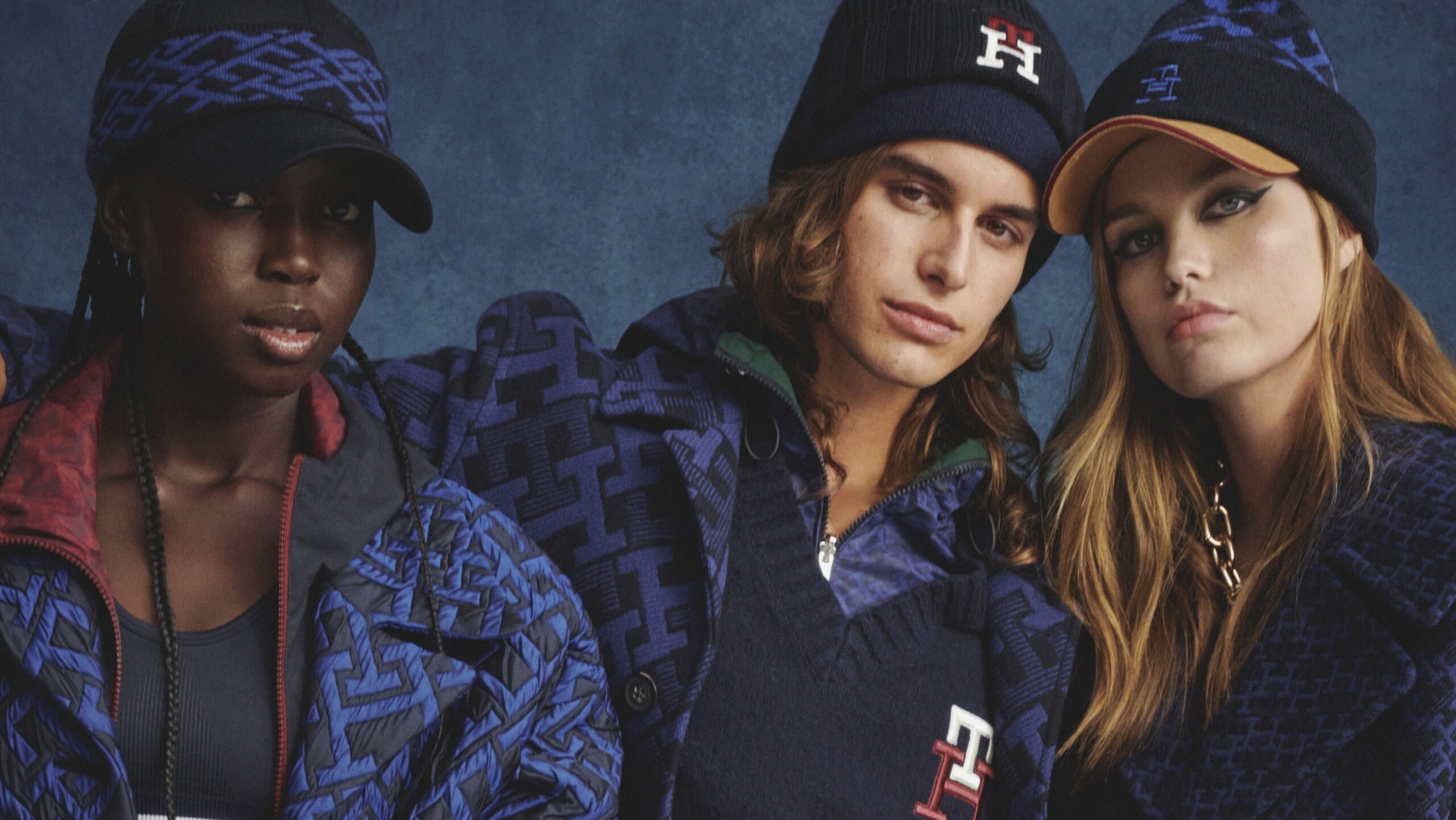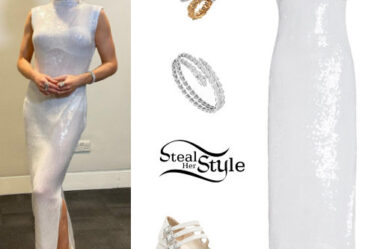
Tommy Hilfiger is coming home.
On Sept. 11, the brand will present its latest see-now, buy-now collection after a three year absence from New York Fashion Week. The show, taking place in Brooklyn’s Greenpoint neighbourhood, will unfold in the metaverse, too, livestreamed on gaming platform Roblox. The digital show will also include avatars dressed in the new fall styles.
In the last few years, Tommy Hilfiger has been primarily focussed on its digital growth, according to Avery Baker, president and chief brand officer at the PVH-owned label. Its last fashion show was held in London in February 2020.
“What’s so amazing now is that there’s an appetite for real life experiences,” she said. “We see the energy with all the fashion weeks globally so it feels like the right time to be doubling down on physical experiences, in addition to digital experiences.”
New York City was an obvious choice; it is designer Tommy Hilfiger’s hometown, after all.
“My heart immediately went to New York’s iconic creative culture when I thought about where to launch our return to fashion week,” Hilfiger said in a statement. “This is where fashion, art, music and entertainment was all coming together when I first started out in the industry.”
As part of the see-now, buy-now rollout, consumers are able to immediately purchase products in the collection on the day of the show. An early adopter of the format, Tommy Hilfiger launched see-now, buy-now in 2016.
“We believe it’s more relevant today than when it was introduced years ago,” said Baker.
“It’s so much more intuitive now for people to be buying products online.”
Alongside its runway show, Tommy Hilfiger will unveil in-store installations and pop-up events that will showcase the fall collection globally, from New York to Chengdu.
“We think about the show now just as a show but as a launch moment of the brand’s story and campaign for the entire season,” said Baker.
Successfully driving sales from these events will help put Tommy Hilfiger on track to meet parent company PVH Corp.’s goal of hitting $12.5 billion in annual sales by 2025 (the company’s other major brand is Calvin Klein). Last year, its revenue was just north of $9 billion, with Tommy Hilfiger accounting for more than half.
In its most recent quarterly report, Tommy Hilfiger posted 2 percent sales growth year-over-year, while Calvin Klein grew by 13 percent.



